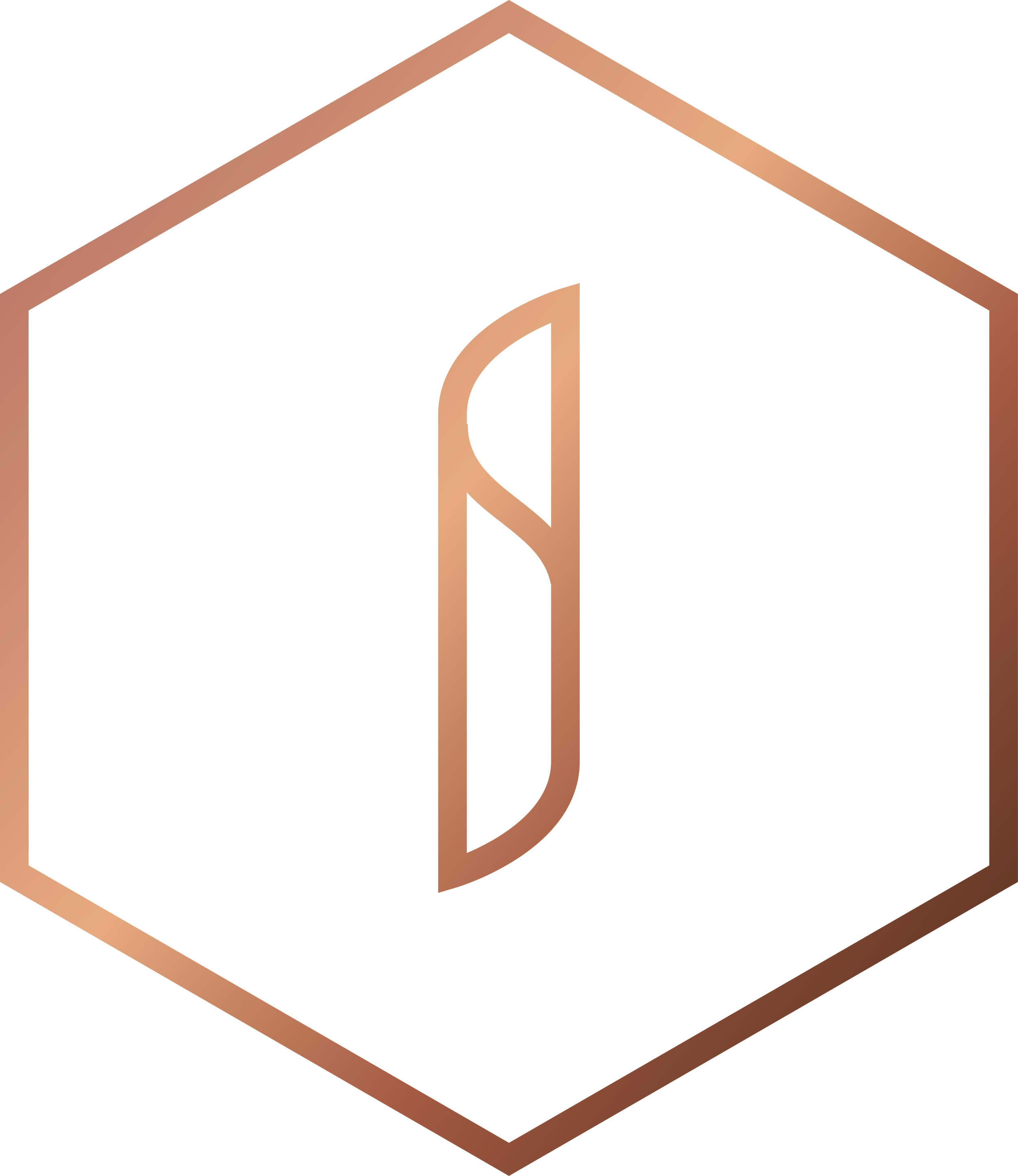Can playing video games at school boost learning? Microsoft certainly think so!
“Yes, it’s fun and, yes, it’s engaging but the way we use Minecraft, it’s not a game. It’s a genuine learning technique.”
It seems pretty obvious to say that technology has invaded practically every aspect of our day-to-day living. But when it comes to education there has been some reluctance in seeing the age of digital meet the classroom and our young learners.
Tech powerhouse Microsoft are on the brink of releasing their answer to this, Minecraft: Education Edition. For those who have not seen Minecraft, it is an open-world, or Sandbox, game where players can create entire worlds using blocks - lots and lots of blocks.
User-created house with water feature and livestock.
What you can build ranges from basic little homes, with fireplaces and a table and chair set, to castles in the clouds or the Eiffel Tower. Quite literally the only limit is your imagination. Resources are mined from the player inhabited world using tools, zombies and spiders can be slain with crafted weapons, and you can even create music using "soundblocks" ----------->
The latest iteration of Minecraft, to be released September 2016 by Microsoft, is aimed at the classroom. In a press release, Microsoft claim that through working alongside teachers they have created a version of the game that can actively boost learning.
Geography seems the most logical starting point for subjects which the game can begin to broach. Creating landscapes filled with mountains, gorges, farmland and flowing streams are all very easy things to do in-game. But what about more obscure subjects? How about creating the Great Pyramids for history lessons; or stages and scenery for drama, then acting out plays with avatars? What about creating real structures to perfect scale for mathematics or making giant artistic pieces in block form? It is all very, very possible.
At this year's Bett Show, Microsoft showcased the possible applications of Minecraft and biology; taking onlookers through a human eye created in-game. Sign-posts dotted outside and inside the ocular structure detailed the process of light entering the eye through the cornea through to signals being sent to the brain. What it expertly demonstrated is an innovative, digital and highly approachable format for bettering learner education. No longer will the dusty, old projector need to be wheeled out for science info reels!
A model of the human eye, demoed by Microsoft at Bett Show 2015
Subjects aside, there are other benefits to be taken from the game. Character building skills such as collaboration, creativity and problem solving are all possible outcomes through playing.
One common example where this is highlighted is where students are tasked with building a representation of their own school. They need to go out of the classroom, measure it up and estimate scales. They need to work together and decide who’s going to build the cafeteria, the gym, and the science lab. In a group they need to decide the right materials to use. Alone the task would be too much but as a group there is a notion of being able to create something really special.
Minecraft: Education Edition will be released in September this year with a subscription cost up to $5 for every user.
Could you see your school using Minecraft as a learning tool? We'd love to hear your thoughts below.



